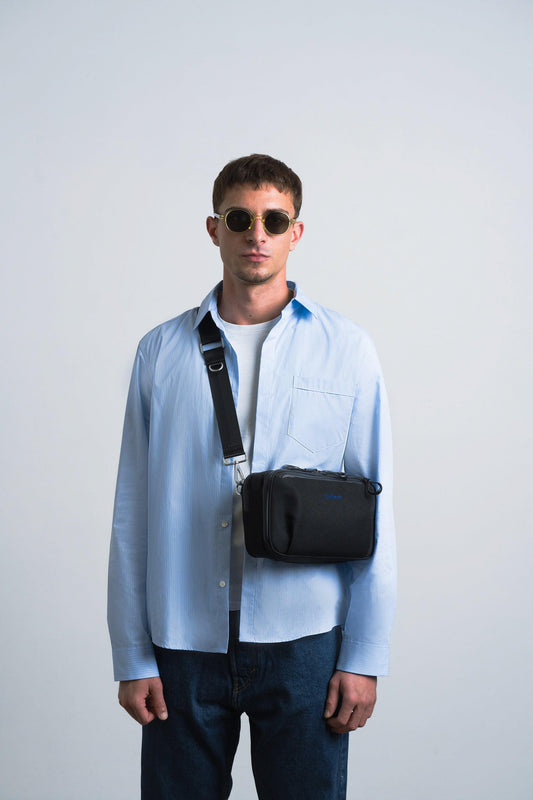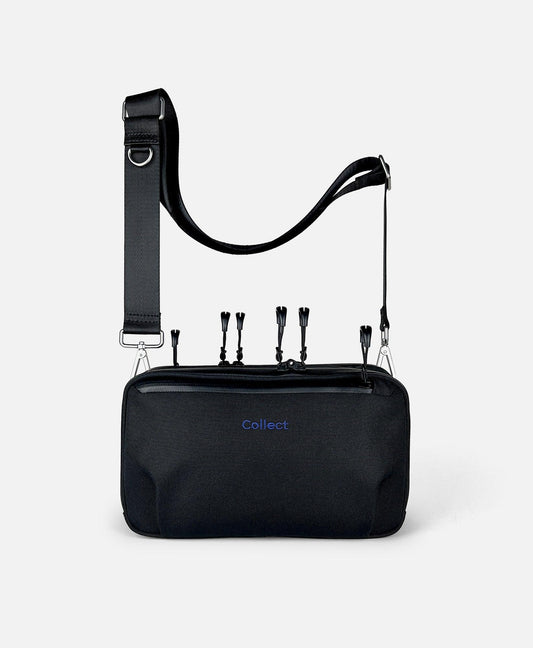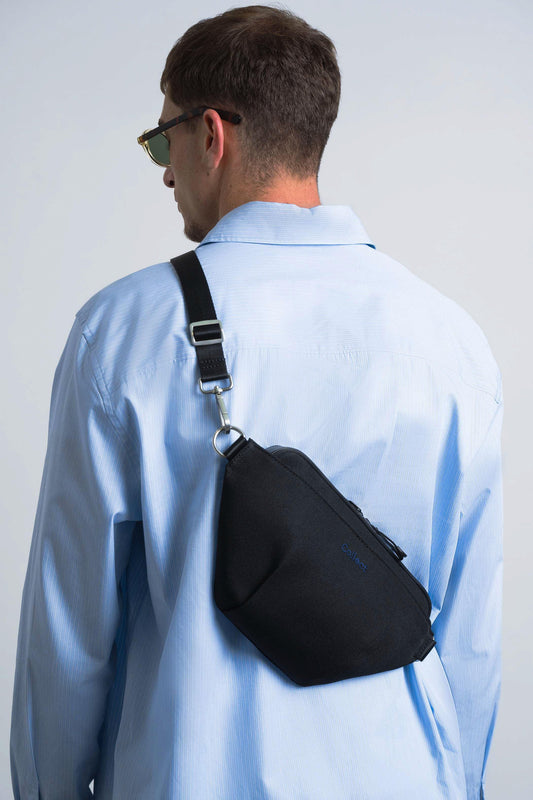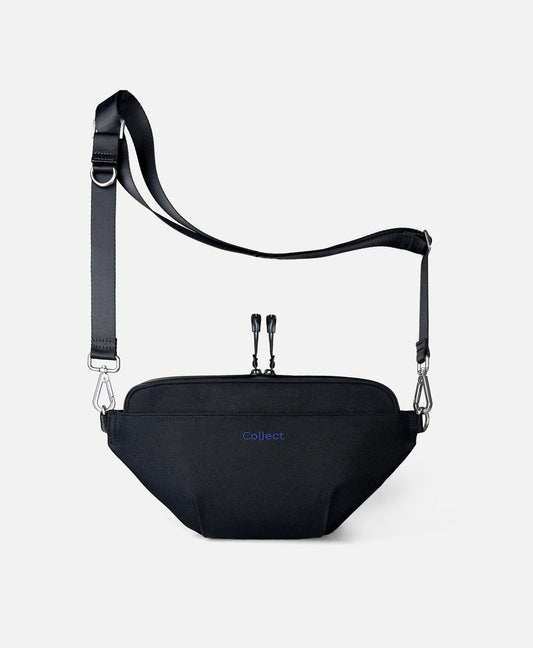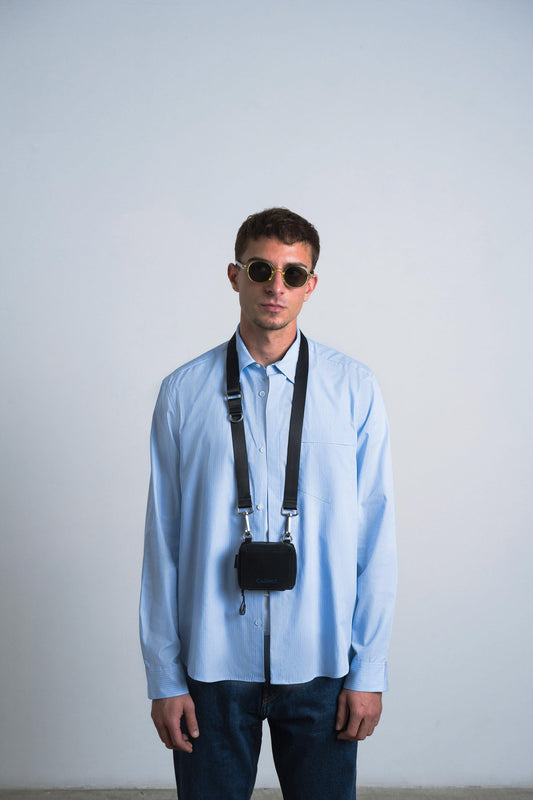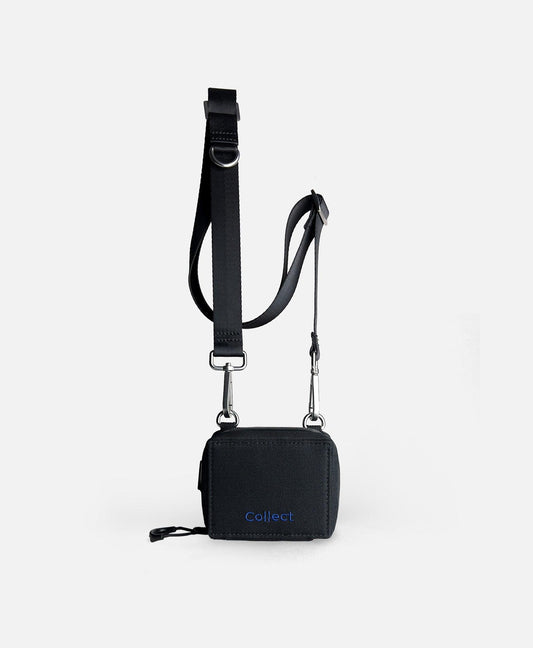
Understanding Different Types of Backpack Padding
When it comes to buying a new backpack, one feature often overlooked is the type of padding it has. Many of us focus on the size, style, or even the brand, but seldom do we consider how the padding can affect our comfort and the usability of the bag. In this article, we'll delve deep into the various types of backpack padding and why you should pay attention to it. Whether you're commuting, hiking, or travelling, picking the right backpack padding is essential.
Why Padding Matters
Backpack padding plays multiple crucial roles. It's not just about comfort; the padding also aids in weight distribution and provides protection for your belongings. Have you ever felt a backache after a long day of carrying your backpack? Chances are, poor padding is the culprit. Understanding the types of backpack padding can help you choose the right bag and save you from a lot of discomfort.
Materials Commonly Used for Backpack Padding
The material of the backpack padding contributes significantly to its overall effectiveness. Here are some of the most common materials you'll find:
Foam Padding
Foam is a popular choice for many backpack brands. It comes in high-density and low-density variants, each with its own set of pros and cons. High-density foam provides more rigid support, while low-density foam tends to be softer and more comfortable.
Gel Padding
Gel padding has a unique property: it's temperature-sensitive. This means it can adjust to your body heat, offering a personalised comfort experience. However, it can get heavy, so it's less commonly used in larger backpacks.
Air Pads
Air pads offer adjustable comfort. You can inflate or deflate them to your liking, providing a customisable experience. Plus, the air flow helps with ventilation, keeping your back cool during long walks.
Types of Foam Used in Backpack Padding
When talking about foam, the conversation goes beyond just "soft" or "firm." There are various types of foam materials used in backpack padding, each offering a unique set of benefits and drawbacks. In this section, we'll explore the different kinds of foam, focusing on closed-cell foam, open-cell foam, and EVA foam, to help you make a more informed choice.
Closed-Cell Foam
Closed-cell foam is composed of sealed foam cells that form a hard and dense layer. This type of foam is excellent for providing rigid support, which is particularly useful in activities where firmness is needed for weight distribution. Closed-cell foam is also highly resistant to water, making it a great option for outdoor and adventure activities. However, it's less breathable compared to other foam types, which could be a downside if you're wearing your backpack for an extended period.
Open-Cell Foam
Open-cell foam is softer and more flexible than its closed-cell counterpart. The foam cells are interconnected, allowing air to pass through. This makes open-cell foam more breathable and more conforming to the shape of your body, offering a comfortable, cushion-like feel. On the downside, it's less water-resistant and provides less rigid support, making it less suitable for heavy loads.
EVA (Ethylene-Vinyl Acetate) Foam
EVA foam is a blend of ethylene and vinyl acetate, resulting in a material that combines the best properties of different foam types. It's softer than closed-cell foam but still offers good support and is relatively water-resistant. Many brands use EVA foam in backpacks designed for hiking, commuting, or travel because it provides a balanced level of comfort and support.
Combining Foam Types
Some backpacks use a combination of different foam types to maximise the benefits. For instance, a backpack may use closed-cell foam for the back panel for firm support, open-cell foam for the shoulder straps for comfort, and EVA foam for the hip belt for a balanced feel. Knowing what each foam type offers can guide you in selecting a backpack that aligns closely with your needs.
Different Areas of a Backpack That Utilise Padding
It's not just the back panel that needs good padding; other parts of the backpack contribute to your overall comfort and utility.
Shoulder Straps
Shoulder straps are crucial for weight distribution. The right padding material here can make a world of difference, especially when you're carrying heavy loads.
Back Panel
The back panel directly impacts your comfort and the air flow along your back. Inadequate or poorly-designed padding here can lead to backaches and excessive sweating.
Hip Belt
A well-padded hip belt takes the load off your shoulders and distributes it more evenly across your body. This reduces shoulder strain and makes it easier to carry your backpack for extended periods.
Laptop Sleeve
If you're carrying a laptop, make sure the laptop sleeve is adequately padded. This is essential for protecting your device from bumps and shocks.
How to Choose the Right Padding for Your Needs
When you're looking for the best padding for your specific activity—be it hiking, commuting, or travel—consider factors like weight, ventilation, and overall comfort. Some activities may require firm padding for better weight distribution, while others may prioritise softness and comfort.
Best Padding for Travel Backpacks
For those who travel frequently, opt for backpacks that offer a balance of comfort and durability. Brands like Osprey and The North Face are known for their quality backpack padding, designed specifically for travel.
Conclusion
Selecting a backpack with the right padding is not a trivial matter. Whether you're hiking, commuting, or travelling, your comfort and well-being are directly linked to the types of backpack padding you choose. From foam to gel to air pads, each material has its unique characteristics that can either make your journey pleasant or give you a tough time. So next time you're in the market for a new bag, make sure to check the padding.
Additional Resources
For more information on how to choose the right backpack for your needs, check out our guides on types of backpacks and how to pack efficiently.








